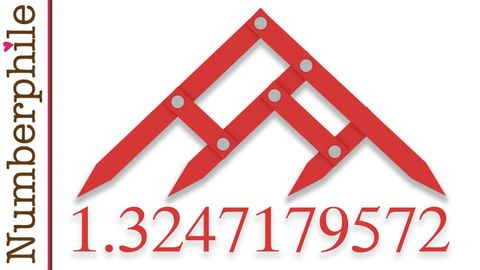プラスチック比率 - Numberphile (The Plastic Ratio - Numberphile)
林宜悉 が 2021 年 01 月 14 日 に投稿  この条件に一致する単語はありません
この条件に一致する単語はありませんUS /ˈʌltəmɪt/
・
UK /ˈʌltɪmət/
- adj.根本的な;偉大な;最終的な;最大の
- n.アルティメット;極み;最終
US /fəˈmɪljɚ/
・
UK /fəˈmɪliə(r)/
- adj.よく知られた;精通;親しげな
- n.親友;使い魔
- n. (c./u.)主張する;主張;要求;権利;請求
- v.t.要求する(ようきゅうする);(命を)奪う;主張する;請求する
エネルギーを使用
すべての単語を解除
発音・解説・フィルター機能を解除

